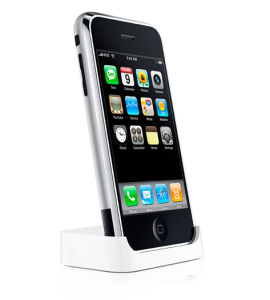
Nice article on Wired about the creation of the iPhone. The significance of Apple’s phone is that it changed the relationship between the pipe and the end user interface (the phone). Phones were disposable, a loss leader, the pipe was the thing. It was all about the wires. But the reality is that feature upon feature was piled on to an awful user interface. When you look at the ratio of features to features used, there was no real value there. An unused, or worse an unusable, feature is a negative when calculating value. And it’s not that you didn’t want to surf the web on your phone, it just wasn’t any fun.

The big pile of unusable features that were crammed into your phone were designed by a pipe. The iPhone has changed that, the ratio of features to features used? Almost 1:1, and the world of web-based apps is just beginning. This is definitely not a pipe.
Comments closed